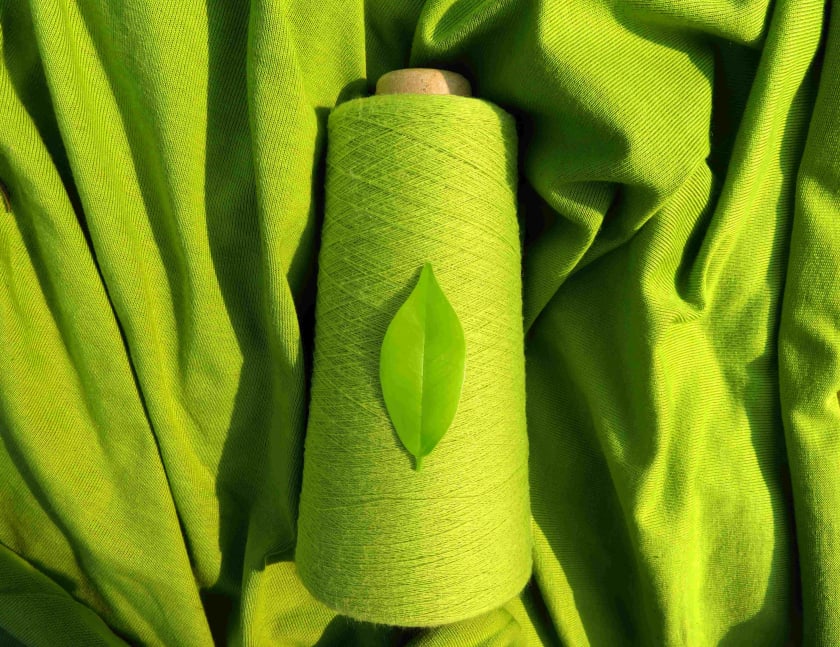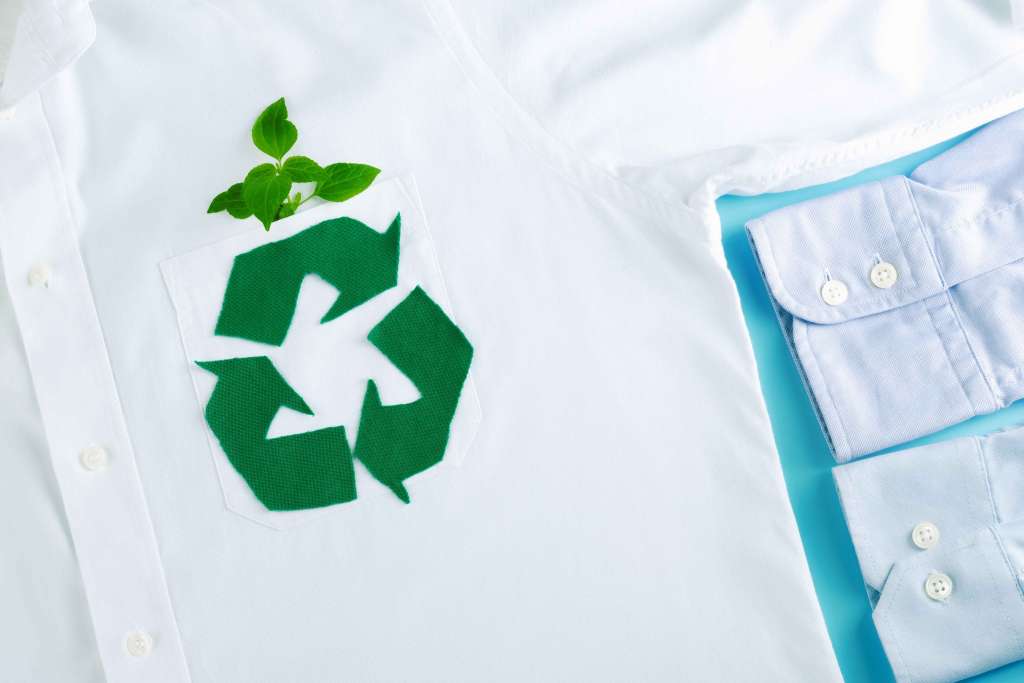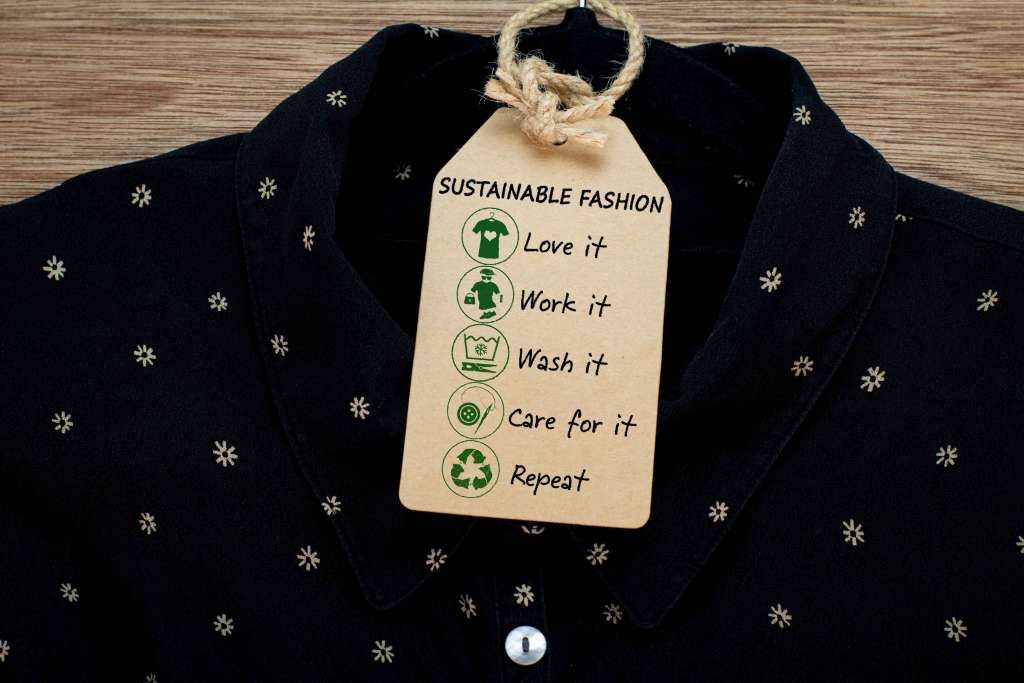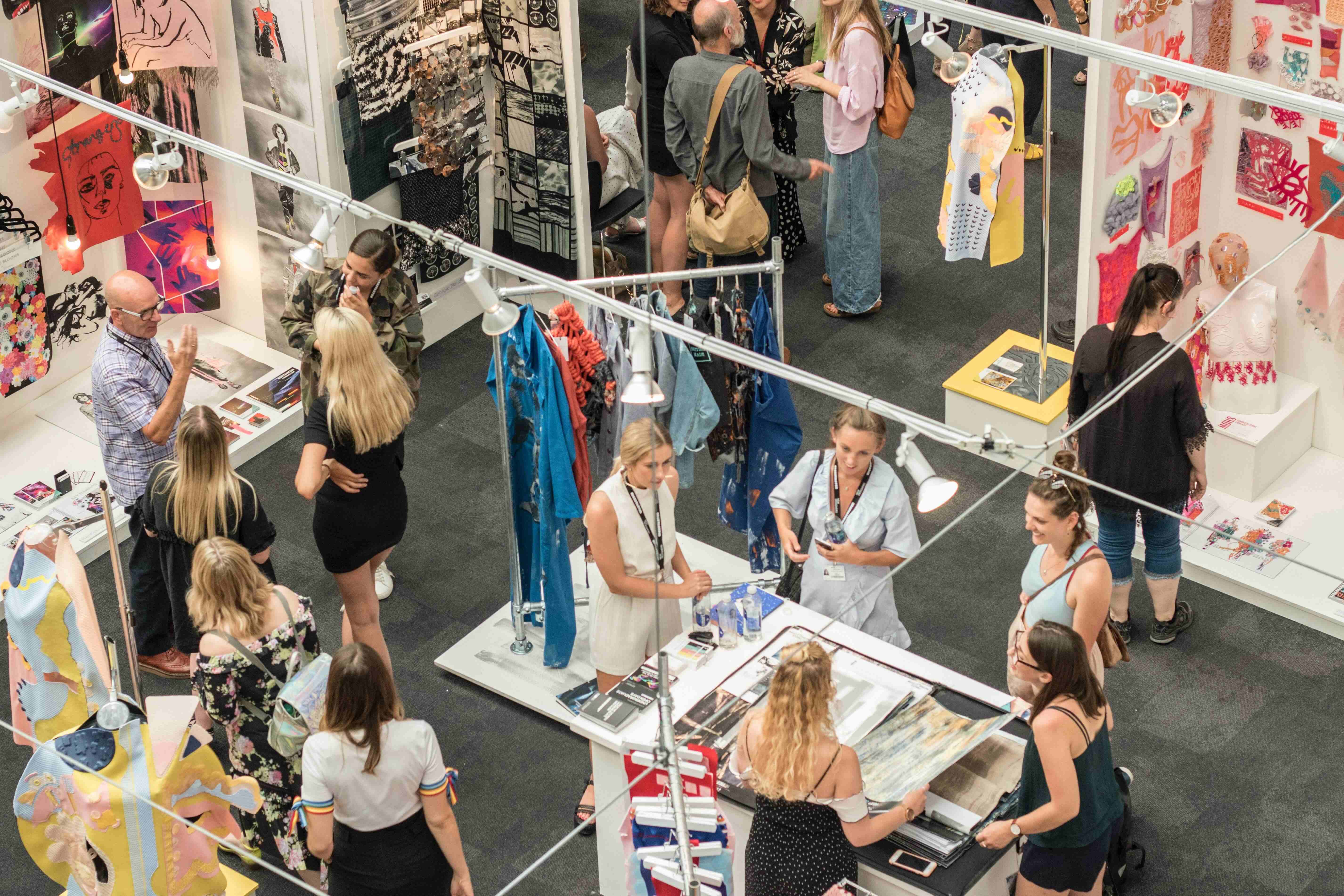Sustainable & Ethical Women's Slow Luxury Fashion



Summary:
There are quite a few brands out there making eco-friendly garments that are long-lasting but stylish nonetheless. They have made a greener choice and can be seen pushing their back on fast fashion built around the idea of copious consumption.
The world produces more clothes than needed and almost 90% of it is thrown away before their time is up. There are serious social and ecological side effects of fast fashion. But, of late, there is a growing conversation around fashion that is durable and sustainable. A section of luxury fashion is now focusing on quality clothing that is trendless and meant to be worn often, for many years. There is a conscious move to a socially and environmentally responsible supply chain.
The Times, They Are A-Changin'!
A few years back, music sensation Justin Bieber faced criticism from fashion aficionados for repeating a T-shirt. How times have changed since then. Recently, when Duchess Kate Middleton repeated an outfit at a recent environment meet, it was lauded as a statement of minimalism and sustainability. Fashion media czars, such as Vogue, lavished praise upon Ms. Middleton for her endorsement of responsible and ethical luxury fashion.
Academy Award winner Cate Blanchett, who has made it a point to promote sustainable fashion at important events, says: “Beautiful things can come out of sustainability.” The sustainability theme is now mainstream in women's luxury clothing. Repeating outfits is a necessity for maintaining a circular economy and increasing the longevity of apparel.
The State of Fashion Industry in 2023: Sustainability and the Environment

The United Nations by outlining Social Development Goals in 2015, has set the social, ethical, and ecological agenda for the fashion industry. The $2.5 trillion fashion industry which employs close to 75 million people, is responsible for 10% of the total carbon footprint worldwide. Water pollution, excessive water consumption, and high carbon emission are common outcomes in apparel manufacturing. Besides, for access to cheap labor, most prominent fashion brands have their manufacturing units in developing nations. Poor labor practices are a norm at these units.
Sustainable Slow Fashion
There's been a marked shift in the sphere of sustainable luxury fashion for women. Slow fashion is all about consuming and living better. Minimal ecological impact and consideration for each stakeholder are critical when it comes to slow fashion.
Apparel companies must invest in sustainable women's clothing that least impacts natural resources. It also translates to less wastage, efficient production, and better margins. Bringing recycled, regenerated, and organic raw materials into production lines requires more investment than the clothes we find in fast fashion stores. This makes luxury women’s clothing ideal for experimenting with new textures, recycled materials, and non-toxic dyes. Consumers should be willing to pay a premium for the products borne out of the "buying less but buying better" culture.

Many brands choose to work with niche groups of artisans, helping preserve their traditional crafts. Nadaam, a direct-to-consumer brand, works with herders in Mongolia for sourcing cashmere and has been able to impact their lives by ensuring fair wages.
Sustainability: Through the Industrial Lens
A McKinsey report from 2021 shows that sustainability efforts by brands matter greatly to their target consumers. Indeed, brand loyalty in the future will be defined by their visible efforts in reducing carbon footprints.
For apparel manufacturers and brands, the sustainability code is not easy to crack. Complex elements are involved, and collaboration with multiple stakeholders is necessary. It is a creative field that requires imagination and thoughtfulness to connect the dots.
Let’s list some steps that can help brands implement sustainability.
1. Using sustainable materials: Recycled and natural fabrics can be used to minimize the use of synthetics.
2. Traceability and transparency: Product-specific communication and the disclosure of raw material sources, manufacturers, and suppliers are necessary.
3. Supplier relationship: A social audit practice should be established. Strict process supervision and compliance with ethical criteria are necessary for supplier onboarding.
4. Purchasing practices: Digital technologies can be used to make purchases transparent and efficient. End-to-end product efficiency and collaboration can help minimize late orders and order revision.
5. Lowering the carbon footprint: Conscious efforts are needed to reduce water and chemical usage in production processes. This should be accompanied by investments in product innovation.

The Right Partners Make All the Difference
Sustainability is unachievable without fostering long-term partnerships with suppliers and manufacturers. Setting up efficient supply processes and adhering to them is necessary. Brands creating sustainable women's clothing require a trusted set of suppliers. Traceability and transparency in operations are other important aspects of building sustainable practices. Moreover, the cyclical nature of collaboration affects the quality of products.
More Companies on Road to Carbon Neutrality
Several brands have taken the sustainability leap with success. Cuyana, for example, designs luxury pieces for women based on the ideology of “fewer, better” and gets their garments made by artisans across the world. The brand creates quality products made for women and by women.
Savvy fashion brands know that consumers, regulators, and other stakeholders are watchful of their sustainability efforts. While making room for sustainability is a business challenge at present, it can translate into better profitability and margins in the long run.

Key Takeaways:
- Luxury fashion is hopping onto the sustainability bandwagon, thanks to pressing issues such as climate change.
- The right partners in the business of fashion can help brands transform their strategy and go green.
Long-term business transformation requires time. Brands looking for ethical sourcing and de-carbonizing their supply chain can cut short their efforts by relying on platforms such as Fashinza. Fashinza works with suppliers with creditable environmental and ethical commitments. Their end-to-end monitoring mechanism is backed by technology that allows real-time tracking of production and shipment.
Want to know more about how you can make sustainability your brand's second name? You can talk to us at Fashinza!



















